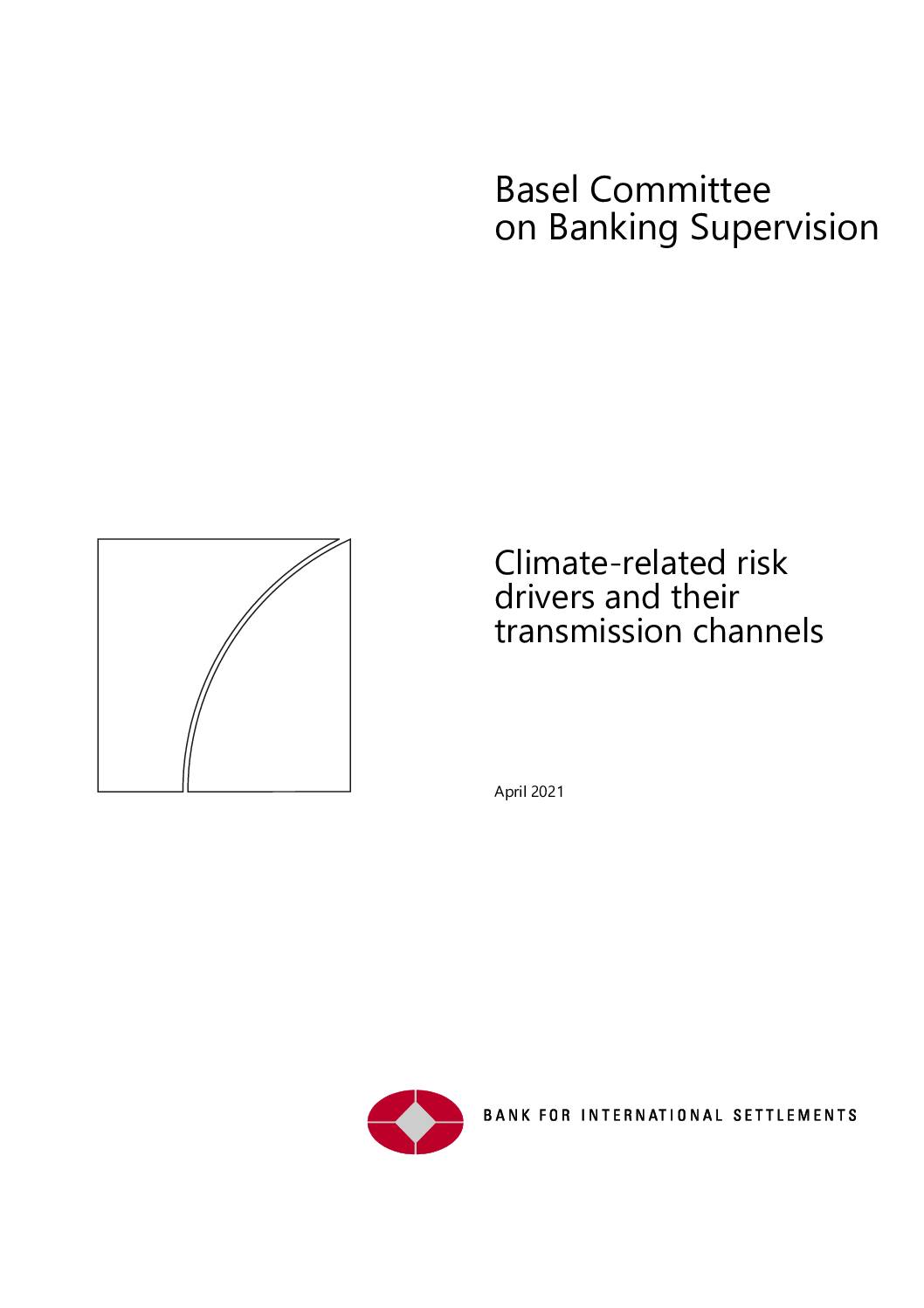Financial institutions and the financial system are exposed to climate change through macro and microeconomic transmission channels that arise from two distinct types of climate risk drivers including physical risk and transition risk. Physical climate risk drivers are first order economic and financial impacts from increased frequency and severity near-term changes in weather patterns, long-term gradual shifts in weather patterns and indirect impact of climate change on ecosystems. Transition risks are disruptions in the adjustment towards a low-carbon economy. Physical and transition risk drivers have a direct and observable impact traditional risk categories including credit, market, liquidity, operational, reputational and strategic risk. Improved understanding of physical and transition climate risk drivers and their impact on banks’ exposures across all risk types is a step toward reducing sensitivity to acute climate-related physical risks and conducive to an orderly transition to a low-carbon economy.
Link to resource Download source
Share this

Sectors: Buildings, Finance
Country / Region: Global
Tags: climate change, climate risks, drivers of deforestation, ecosystems, global climate, indirect impacts, Industry Regulators, Institutional Investors, Investors, National Regulators, risks, SMARTER, Supranational Regulators, sustainable economies, transmission lines, weatherIn 4 user collections: Green Home Investment Platform – Industry Regulators , Green Home Investment Platform – National Regulators , Green Home Investment Platform – Supranational Regulators , Green Home Investment Platform – Institutional Investors
Knowledge Object: Web Resource
Author: Bank for International Settlements
